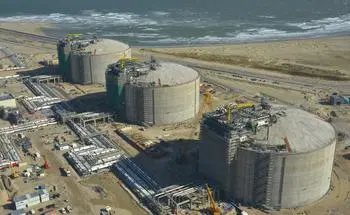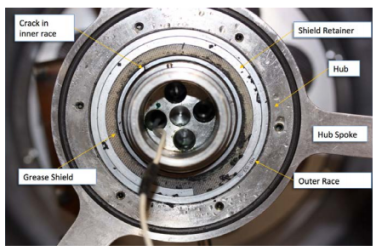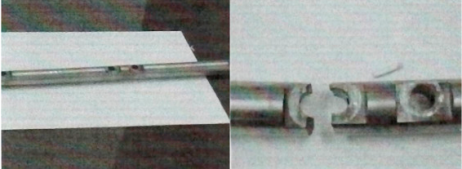 Pour s’assurer de l’étanchéité des réservoirs de GNL du terminal méthanier de Dunkerque, la société Entrepose Contracting a choisi de procéder à un contrôle par émission acoustique.
Pour s’assurer de l’étanchéité des réservoirs de GNL du terminal méthanier de Dunkerque, la société Entrepose Contracting a choisi de procéder à un contrôle par émission acoustique.
La méthode de contrôle par émission acoustique mise en œuvre par le Cetim a permis de répondre à aux interrogations d’Entrepose Contracting dans un délai extrêmement court. Les tests ont été exécutés sur trois jours dans des conditions d’accès et climatiques difficiles. Soixante capteurs piézoélectriques positionnés tous les 5 m sur la périphérie du liner ont permis de localiser une zone problématique de faible dimension à la jonction d’un piquage d’une tubulure et du liner. À l’issue de l’investigation, la source du phénomène de bullage a été identifiée.
Source : Entrepose Contracting – Cetim – Centre technique des industries mécaniques








